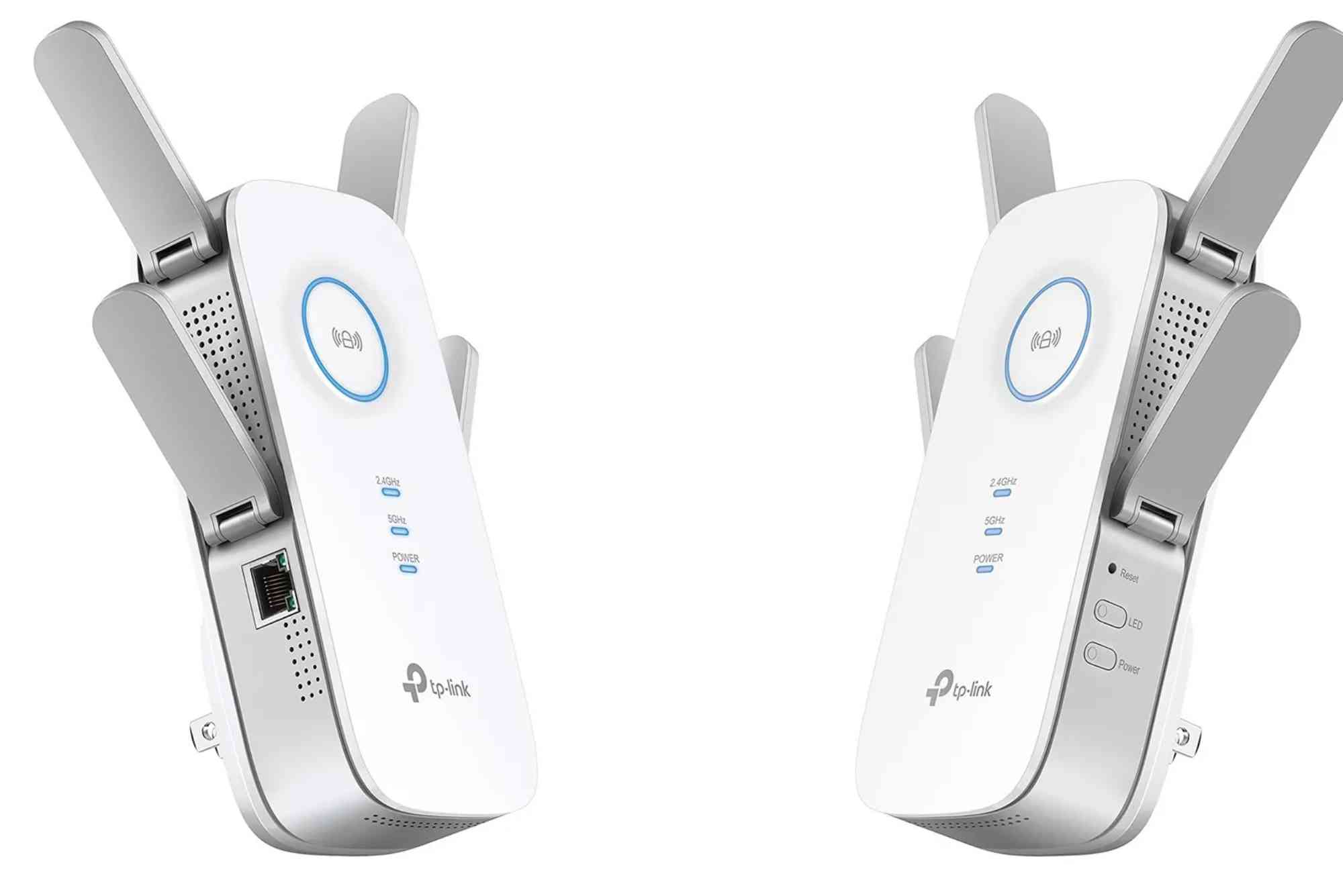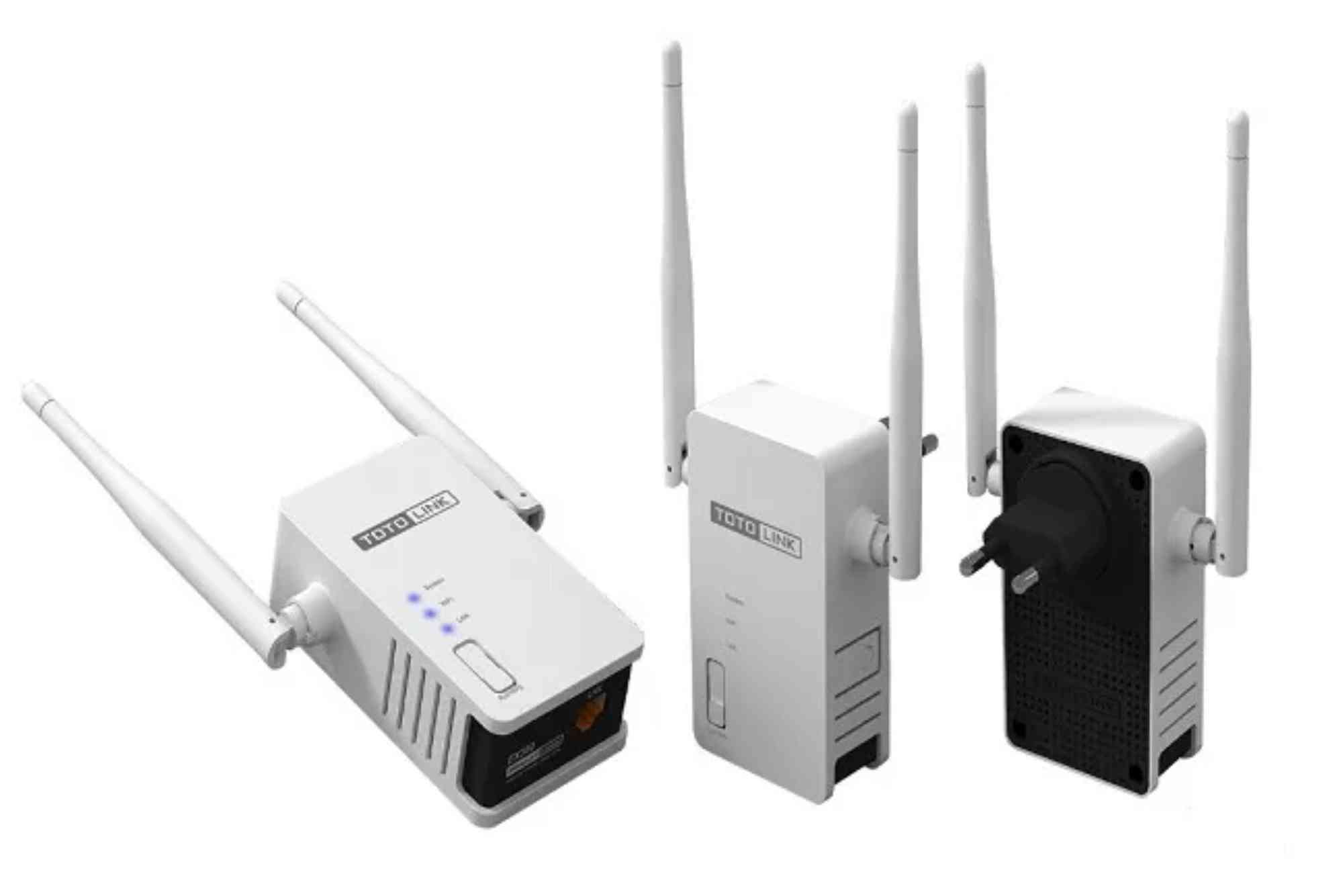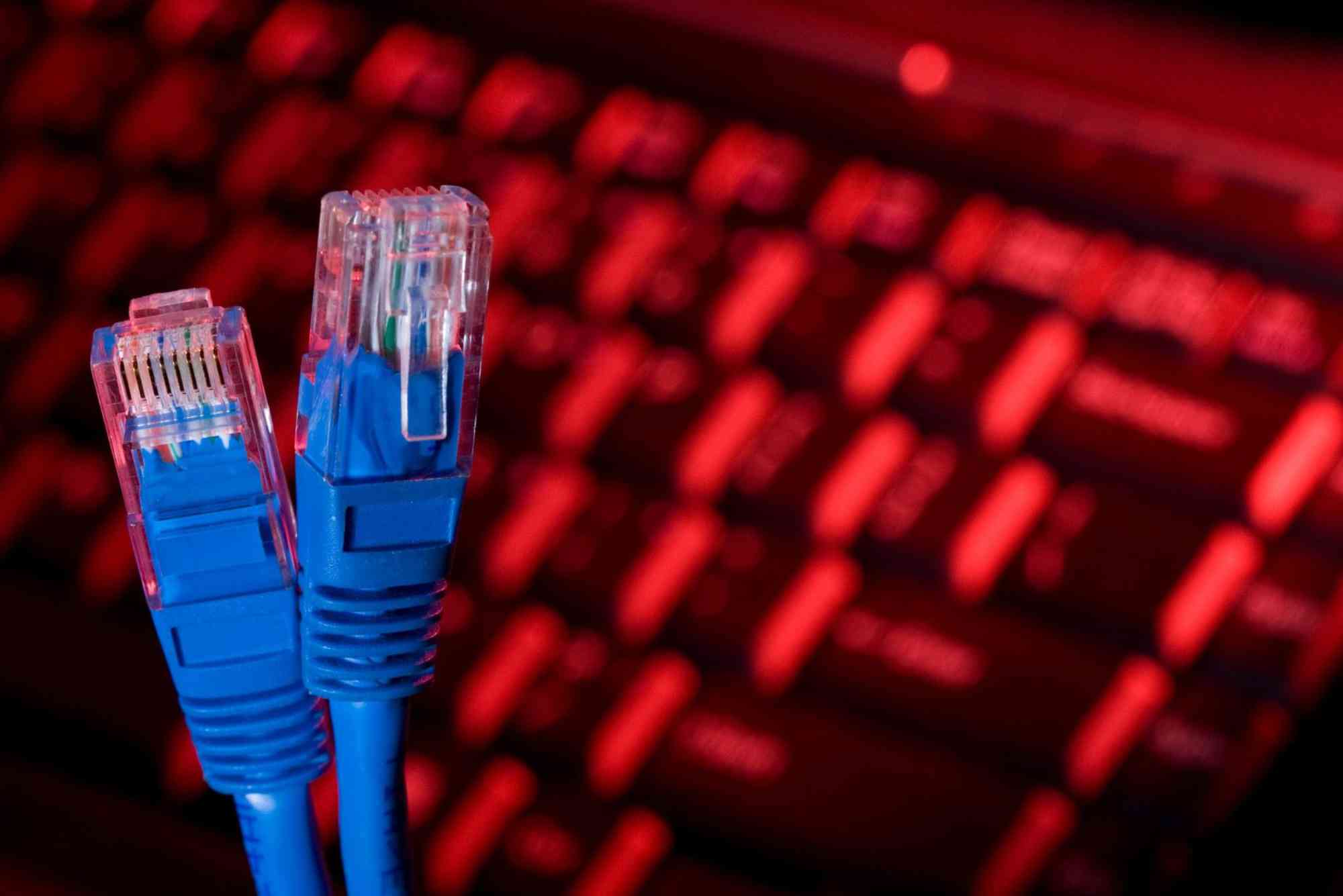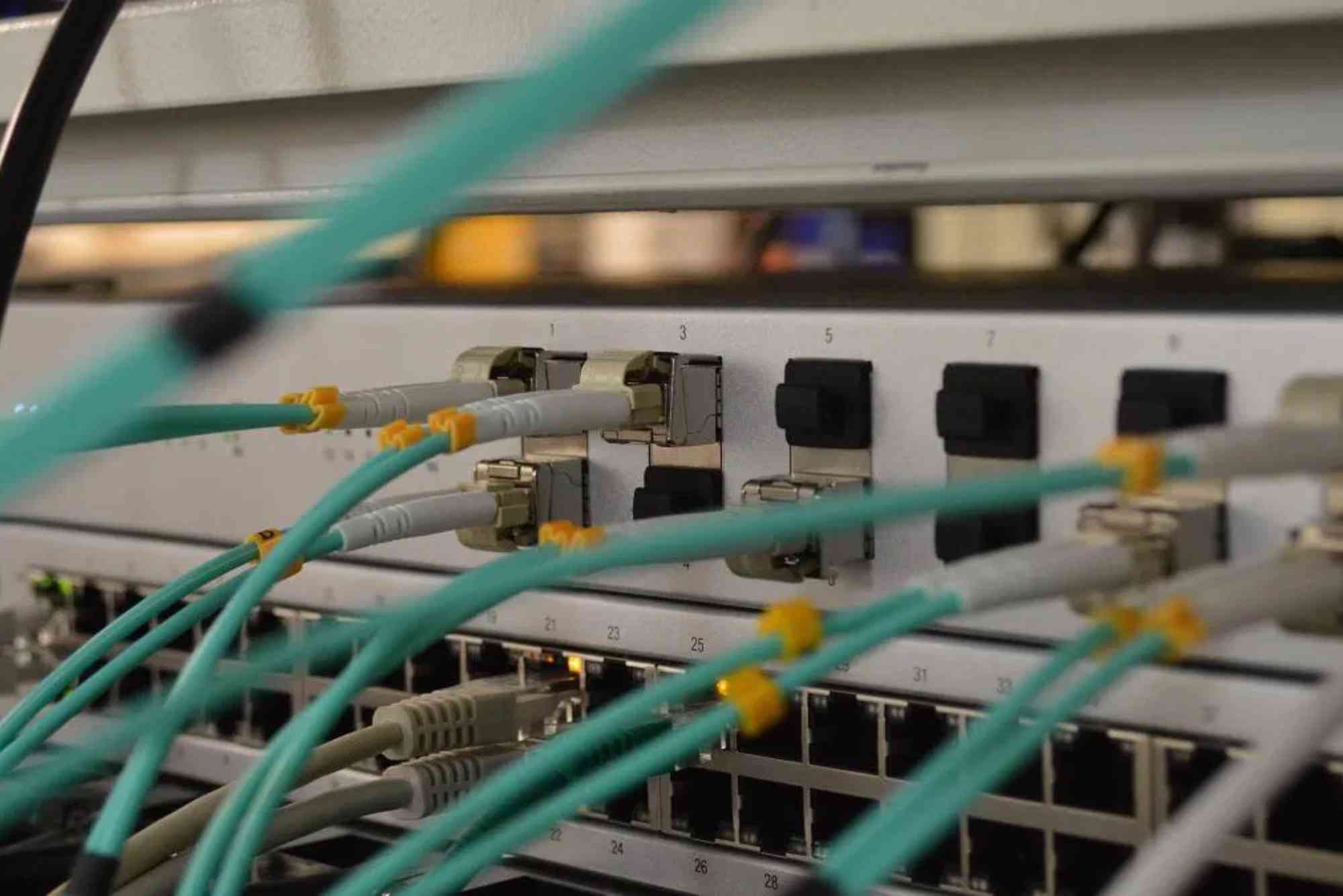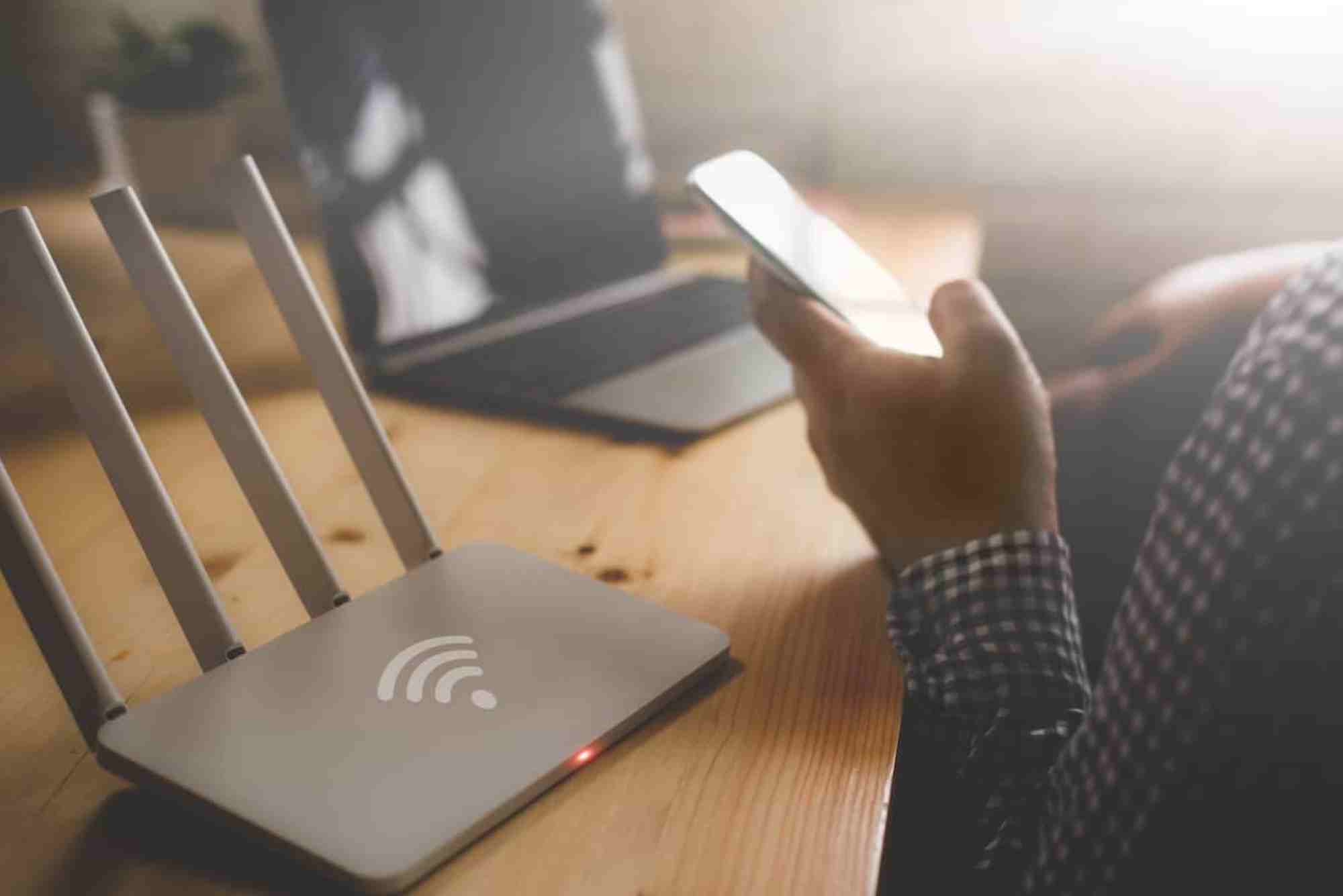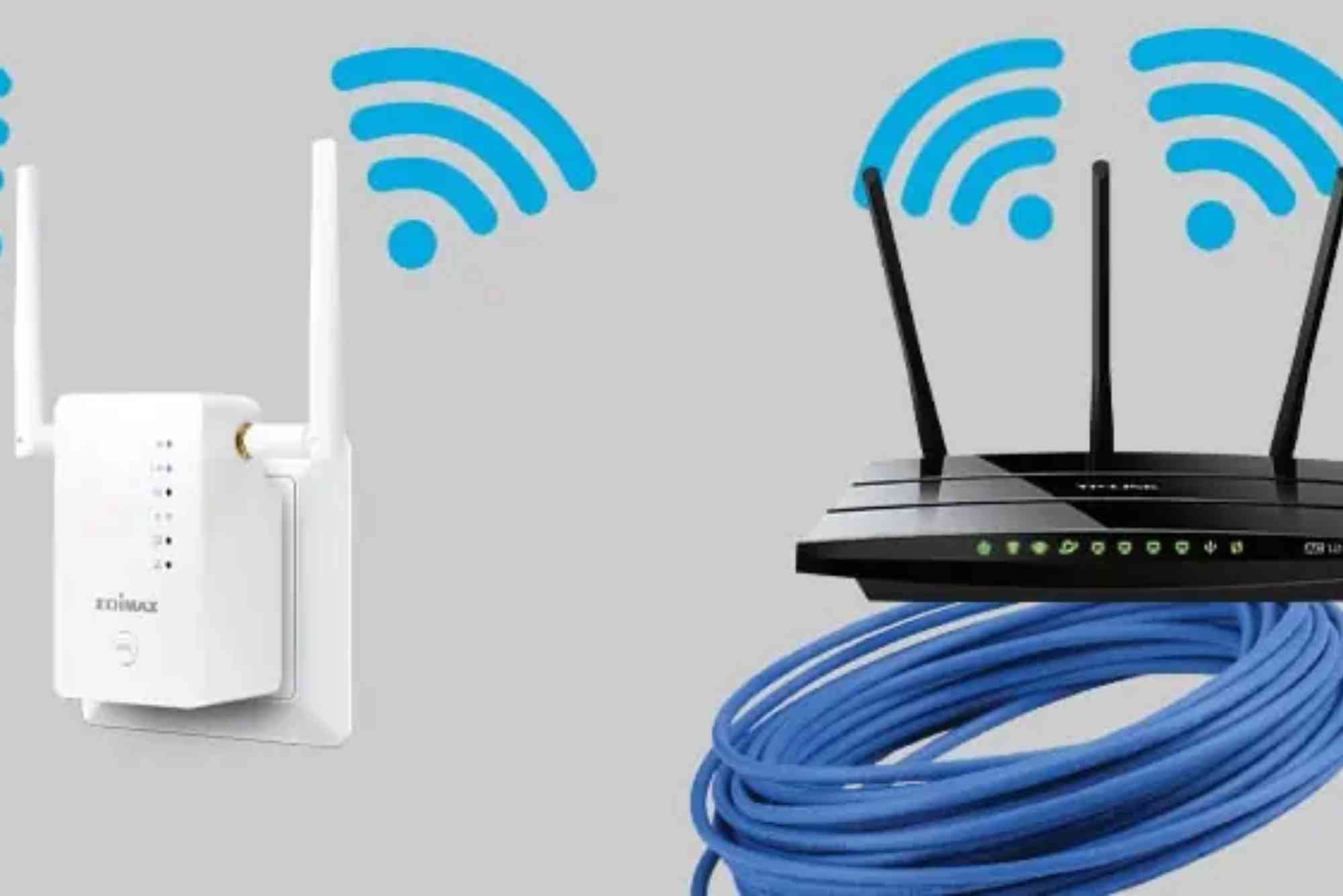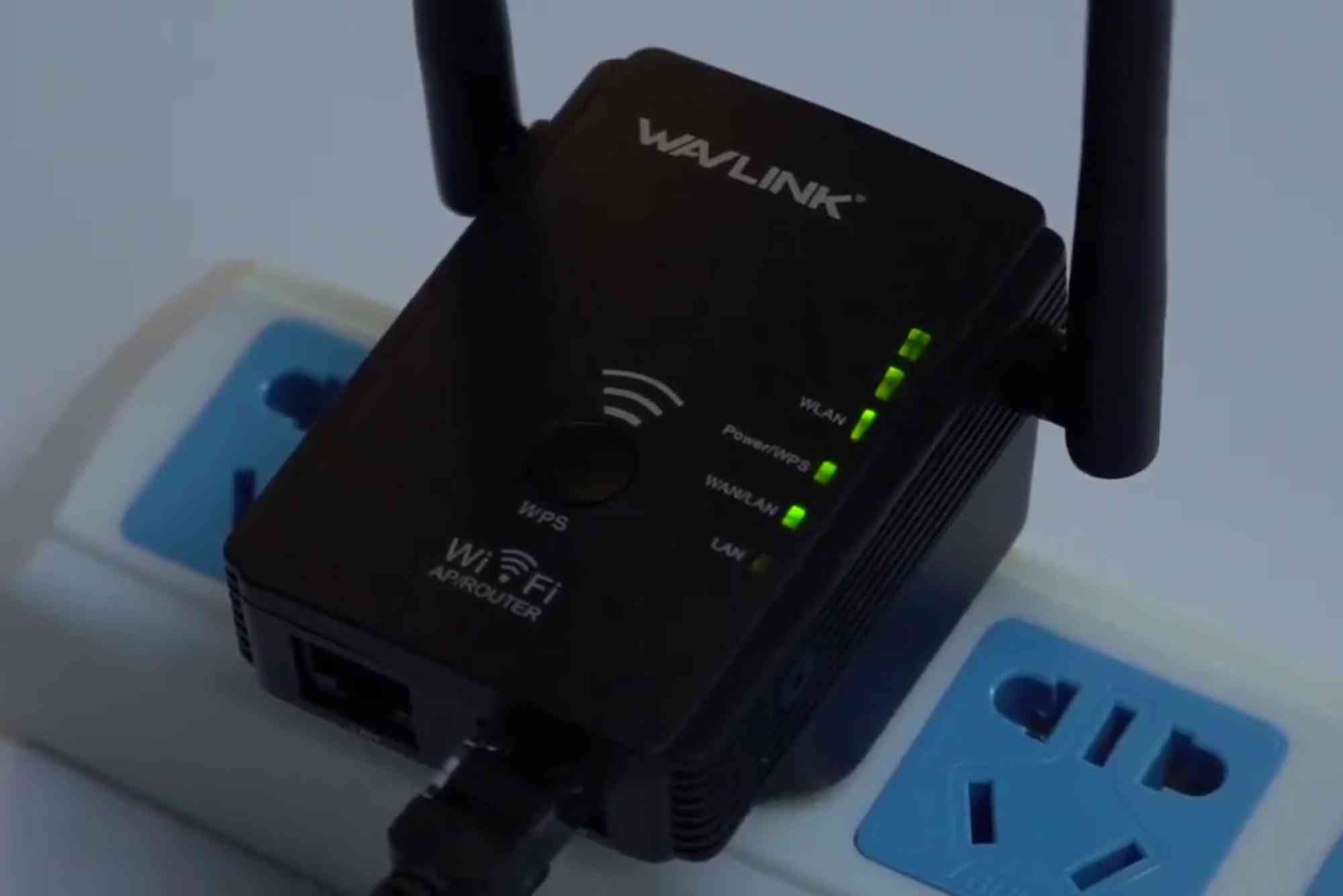How to Fix Slow Wi-Fi on Your Laptop
A slow internet connection can be incredibly frustrating, especially when you rely on your laptop for work, study, or entertainment. Many users search for solutions on how to fix Wi-Fi slow on laptop because weak signals, outdated drivers, or router issues often cause interruptions. Fortunately, there are proven ways to troubleshoot and improve your connection speed.
In this guide, you’ll learn step-by-step methods to boost Wi-Fi performance, identify common causes, and apply practical fixes.
Why Does Wi-Fi Slow Down on Laptops?
Before diving into solutions, it’s important to understand why Wi-Fi slows down on laptops. Several factors play a role:
-
Weak Signal Strength: Distance from the router affects stability.
-
Obstructions: Walls and furniture weaken signals.
-
Outdated Drivers: Old network drivers cause performance issues.
-
Background Apps: Hidden downloads or apps consume bandwidth.
-
Router Settings: Misconfigurations limit speed.
-
ISP Limitations: Your provider may cap your speed.
Knowing the root cause makes it easier to apply the right fix.
How to Fix Wi-Fi Slow on Laptop: Step-by-Step Solutions
Let’s explore practical ways to improve your laptop’s Wi-Fi connection.
Restart Your Router and Laptop
One of the simplest yet most effective solutions is restarting your devices. Routers often build up cache that affects performance. Restarting refreshes the connection and resolves temporary glitches.
Check Your Wi-Fi Signal Strength
Move closer to your router to see if the speed improves. If the connection stabilizes, weak signal strength may be the issue. Consider repositioning your router to a central location.
Update Your Network Drivers
Outdated drivers slow down your connection. To update:
-
Press Windows + X and open Device Manager.
-
Expand Network adapters.
-
Right-click your Wi-Fi driver and select Update driver.
-
Choose Search automatically for drivers.
Keeping drivers updated ensures compatibility with the latest Wi-Fi standards.
Forget and Reconnect to the Wi-Fi Network
Sometimes stored network settings cause conflicts. Forgetting the network and reconnecting helps refresh your laptop’s connection.
Limit Background Applications
Open Task Manager to identify apps consuming bandwidth. Pause automatic updates, cloud syncing, or unnecessary software running in the background.
Change Your Wi-Fi Band
Modern routers support both 2.4GHz and 5GHz bands.
-
2.4GHz: Better for long-range connections.
-
5GHz: Offers faster speed but limited range.
Switching to the right band improves stability.
Optimize Router Settings
Log into your router’s admin panel using its IP address. Update firmware and change channels to avoid interference from nearby networks.
Run Windows Troubleshooter
Windows has a built-in troubleshooter for network issues:
-
Go to Settings > Update & Security > Troubleshoot.
-
Select Internet Connections.
-
Run the troubleshooter and apply suggested fixes.
Use an Ethernet Cable
If Wi-Fi continues to be slow, connect via Ethernet. Wired connections are faster and more stable for critical tasks like video calls or gaming.
Contact Your Internet Provider
If none of the fixes work, your provider may be limiting speed. Contact them to check for outages or upgrade options. Services like Dhanote Internet Services provide reliable connectivity with better performance.
Advanced Fixes for Persistent Wi-Fi Issues
If your Wi-Fi still feels sluggish, consider these advanced steps.
Reset Your Network Settings
Resetting clears all saved Wi-Fi networks and returns settings to default:
-
Open Settings > Network & Internet.
-
Scroll down to Network reset.
-
Restart your laptop after the reset.
Upgrade Your Router
Old routers may not support modern speeds. Upgrading to a dual-band or Wi-Fi 6 router can significantly boost performance.
Use a Wi-Fi Range Extender
If your home has dead zones, a Wi-Fi extender or mesh system ensures better coverage across all rooms.
FAQs on How to Fix Wi-Fi Slow on Laptop
Why is my laptop Wi-Fi so slow but my phone is fast?
This happens when your laptop has outdated drivers or weaker Wi-Fi hardware compared to your phone. Updating drivers usually fixes it.
How can I increase my laptop’s Wi-Fi speed?
Move closer to the router, update drivers, and disable background apps. Switching to the 5GHz band also helps.
Should I reset my router if Wi-Fi is slow?
Yes, restarting or resetting your router often solves temporary slowdowns caused by cache or misconfigurations.
Can a VPN slow down Wi-Fi speed on laptops?
Yes, VPNs add encryption layers that reduce speed. Disable the VPN temporarily to see if performance improves.
How do I check what’s slowing down my Wi-Fi?
Use Task Manager to check active apps and run speed tests to compare actual vs. promised speeds by your provider.
Boost Your Laptop’s Wi-Fi Speed Today
Knowing how to fix Wi-Fi slow on laptop ensures you stay productive without constant buffering or dropped connections. Start with simple fixes like restarting your router, updating drivers, or changing bands. If the problem continues, consider advanced options such as upgrading hardware or contacting your ISP.

